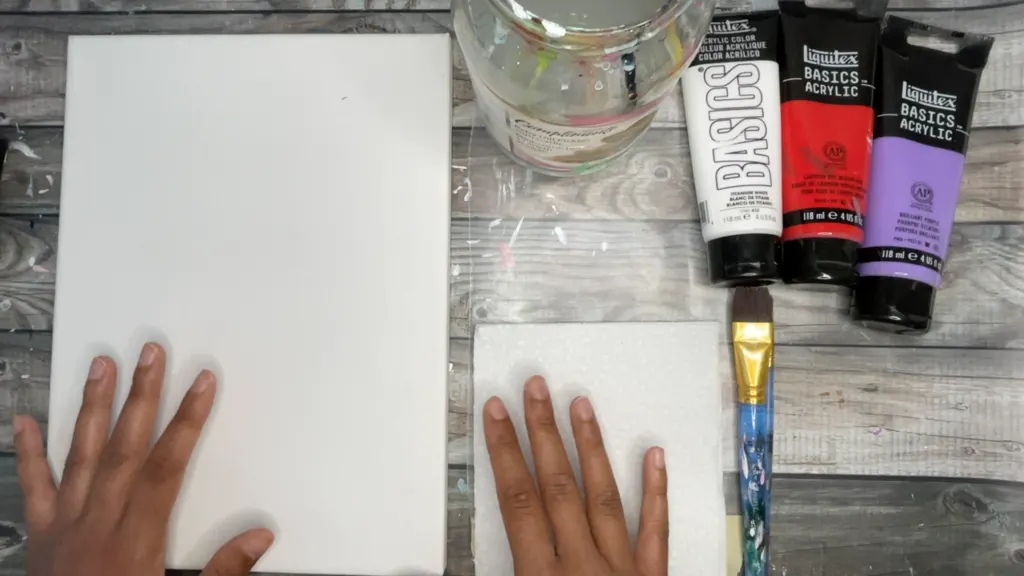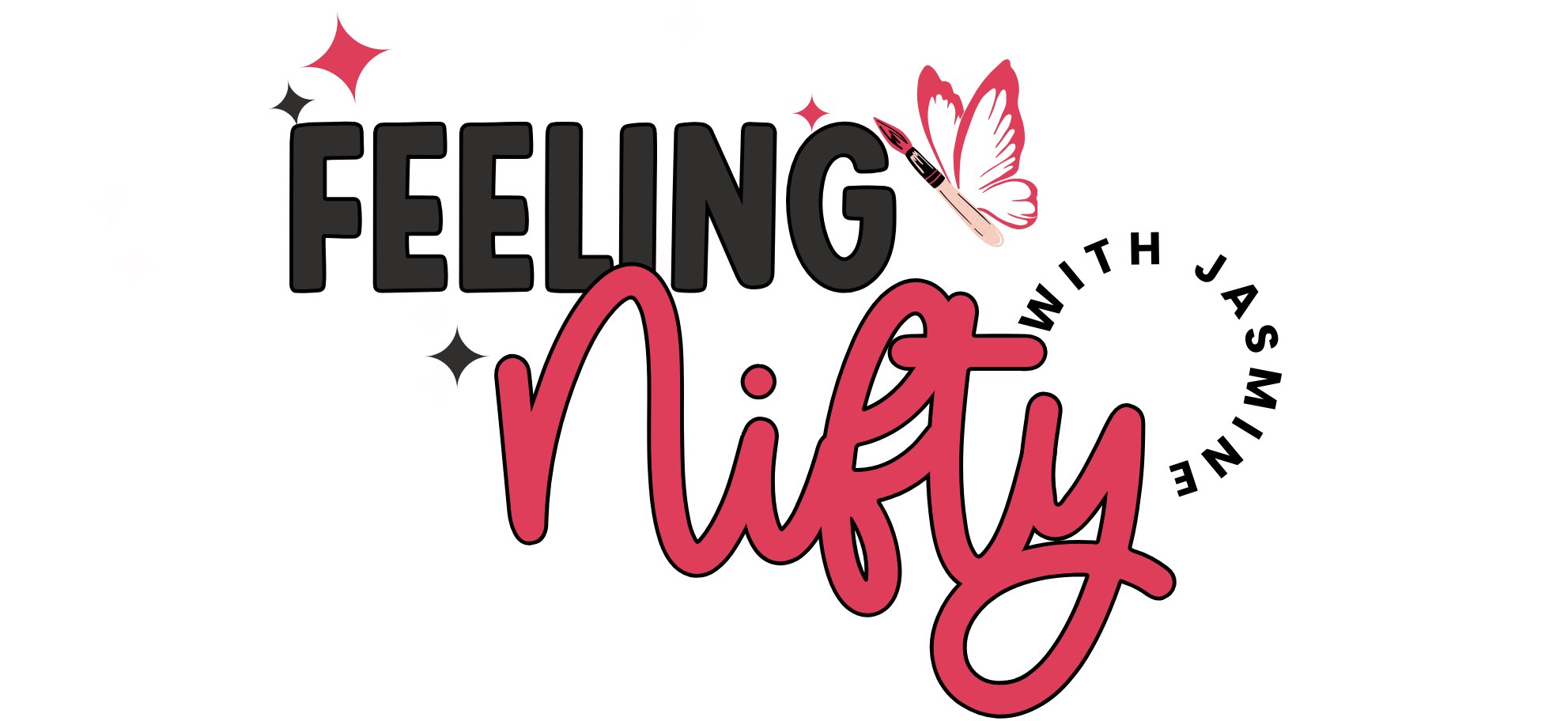Learning how to paint can be intimidating for beginners because there are so many different mediums and techniques. So, even if you’re excited to learn something new, you might feel overwhelmed and not know where to begin regarding supplies or paint type. Two of the most used mediums are acrylic and watercolors, but is one easier than the other?
Acrylic paints are easier for beginners to use than watercolors. Where you can use acrylic paints on nearly any medium, you need specific watercolor paper to use watercolor. Acrylic paints are cheap, straightforward, and you can cover mistakes with just a stroke of a brush.
This article will explore why acrylic paints are an excellent choice for beginning painters and how acrylic paints and watercolor differ. I’ll also provide you with several easy painting tips, tutorials, lessons, and resources that will help you learn how to use acrylics.

Why Is Acrylic Painting Easier Than Watercolor?
Acrylic painting is easier than watercolor because you don’t need additional supplies, and you can use them on any medium. In addition, it requires almost no previous skill, and you can fix common mistakes quickly with just a little paint.
Watercolor painting requires much more time and preparation to get right, restricting your creativity as a beginner. You also need to buy special watercolor paper and you might waste materials in the trial-and-error process of learning how much water to add to your paints.
Acrylic paints are much more forgiving when it comes to making mistakes. When your acrylic paint dries, you can cover accidents by adding a new layer of paint on top of it.
You don’t have to be good at drawing to start using acrylic paints. For example, you can follow an easy tutorial to learn how to paint a red cardinal without any sketching beforehand.
Watch this video to see how to paint a red cardinal:
What Is the Difference Between Acrylic and Watercolor?
Acrylic and watercolor are both water-based paints that dry quickly, making them convenient for beginning painters. However, acrylic dries much darker than watercolor and can be layered to create textured paintings or cover mistakes. In contrast, watercolors dry lighter and blend a little easier.
Watercolors
Watercolors are made of non-toxic materials like:
- Water
- Ground-up pigment powder
- Gum Arabic

Artists have used it for hundreds of years. However, it is best to use watercolor on specially-formulated watercolor paper, which absorbs water, promotes perfect blending, and resists the bleeding that happens on regular paper.
Once you brush watercolor paint onto watercolor paper, it can be challenging to cover up any accidental mistakes because they reactivate anytime touches them. In addition, although watercolor dries light and transparent, you cannot use white watercolor to brighten any colors already painted on the watercolor paper.
This means you need to plan your watercolor painting ahead of time so that you are only putting down the colors you want exactly where you want them. To practice your watercolor painting skills you can take a look at these easy watercolor painting ideas for beginners.
While beginners can learn how to use watercolor, acrylic paints are typically much more manageable and mistake-friendly for those just starting their painting journey.
Acrylics
While watercolor has been around for hundreds of years, acrylic paints were only recently invented in 1934. As a result, acrylic paints are not entirely non-toxic. Still, they are less toxic than other mediums.
Unlike oil paints which take a long time to dry, can be expensive, and require extra materials to paint with, acrylic paints dry easily and quickly, are affordable, and won’t yellow over time.

While you don’t need additional materials to use acrylic paints, you can add things like water or high gloss varnish to change how it appears on your preferred surface.
Acrylic paints are incredibly popular because of how beginner-friendly and affordable they are. You don’t need to know how to draw to use acrylics, and you can paint directly onto a blank canvas without worrying too much about preparing your piece beforehand.
Acrylic paints are also very versatile. Because you can easily cover mistakes by simply, waiting for the layer to dry then adding another layer of paint on top of the last, you can use them to paint landscapes, portraits, or spontaneous abstract art free of restrictions.
You can also mimic the transparent look of watercolor paints with acrylics – simply thin them down with water!
The sky is the limit with painting ideas you can do with acrylics.
Also, unlike watercolor, acrylic paints don’t reactivate once water touches them – so you can easily fixed mistakes. Additionally watercolor requires special watercolor paper but you can use acrylic paints on nearly any surface, including:
- Wood
- Canvas
- Glass
- Fabric
- Cardboard
- Plastic
- Clay
- Paper
Painting on wood slices is another popular painting surface many beginners enjoy.
Since acrylics don’t restrict you to a single medium, so you can think outside the box while painting. For example, you can use them to decorate glass bottles, metal water bottles, stones, rocks, or even Christmas ornaments.
Check out this video below to see how to decorate plastic Christmas ornaments with acrylic paints:
Learn How To Paint With Acrylics
To learn how to paint with acrylics, try The Acrylic for Beginners Bundle. It’s a downloadable resource designed with beginners in mind and is your A-Z guide to using acrylic paints. You’ll learn what supplies you need, how to blend with acrylics, what colors are best to use, easy color theory, and more.
Color Theory
You can create beautiful paintings in no time by learning color theory in an easy-to-understand way, using complementary colors and your knowledge of the color wheel to create the perfect colors for your paintings.
Also, because acrylic paint dries darker, you can learn how to make your paint lighter so that it dries to your preferred color.
Buy the Right Supplies
Once you have learned the basics of color theory, you can buy supplies to start your painting journey. The Acrylic for Beginner’s Bundle has an 87-page e-book with information about which art supplies are actually worth buying, as well as convenient links on how to purchase them.

It’s understandable to find yourself overwhelmed by all of the different paintbrush options out there.
So, use our A Beginners Painters Starter Toolkit to learn about the most common paintbrush types and their uses. This downloadable toolkit ensures you won’t waste money buying brushes you don’t need and that the brushes you do buy can create the paintings you dream of making.
If you absolutely cannot wait to buy brushes and want to start painting as soon as possible, you can use a common household item like Q-tips as a makeshift brush.
Follow our tutorial to learn how to paint clouds using Q-tips:
Use our guide to learn how to paint abstract, landscape, realism, fluid/pour paintings, and more. You’ll find easy-to-follow tutorials and step-by-step instructions.
You don’t have to buy dozens of acrylic paints to get started. Instead, just black and white to paint a gorgeous moon.
Check out this video to see how it’s done:
Final Thoughts
Acrylic painting is more manageable than watercolor for beginners. While acrylic paints and watercolor are water-based and dry quickly, watercolor requires a little more skill and isn’t as forgiving to common mistakes. Plus, it requires watercolor paper.
Acrylics can be used on most mediums, is easy to learn by following tutorials, and you can cover mistakes quickly.
Overall, you can’t go wrong with learning how to paint with acrylics as a beginner. Get started today!
If you liked this post, please pin it on Pinterest.

